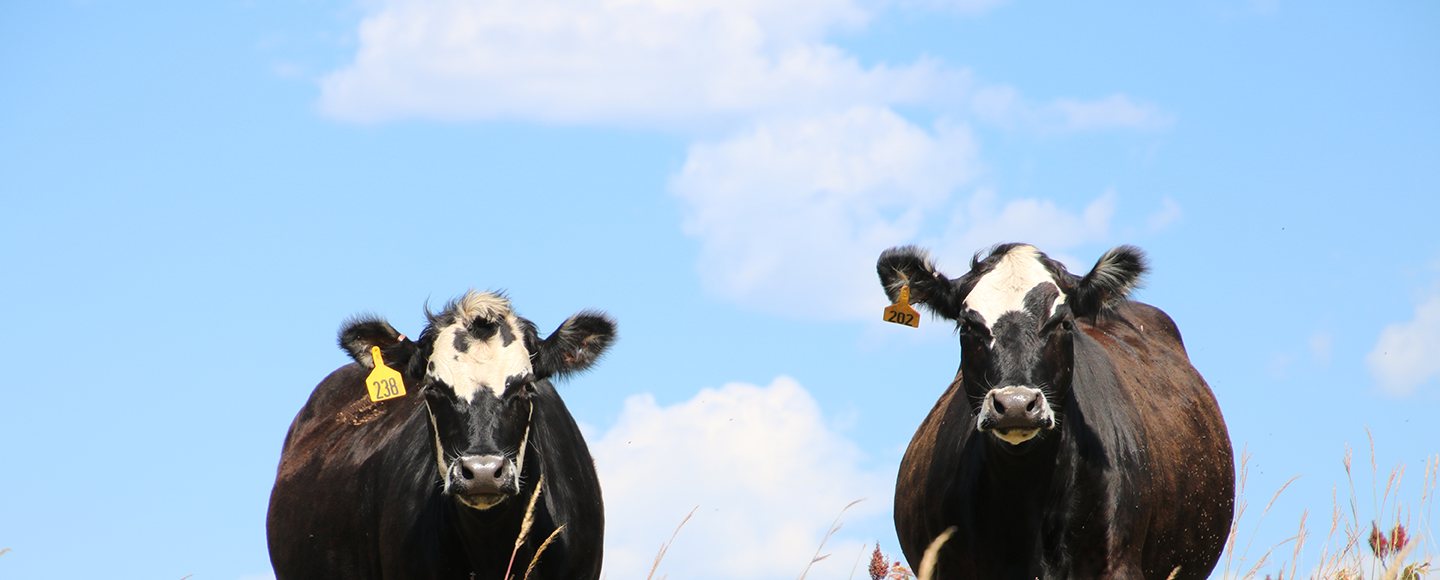
The Kansas Department of Agriculture and Kansas State University Department of Agricultural Economics released the Bluestem Pasture Report. Last issued in 2017, the biennial report is a compilation of survey information collected from landowners, livestock owners and livestock care providers in the 14-county bluestem area.
Results of the survey showed 67% of bluestem lease arrangements are yearly, with 11% in place more than 10 years. About 52% of bluestem pasture leases are written, while 48% are oral agreements. By lease type, 21% were short summer season, 18.9% were full year, and 44% were full summer season.
The average bluestem pasture lease rate reported for a 600 lb. steer or heifer for the full summer season was $139.60 per head when care is provided and $116.56 per head without care. Survey results showed the average lease rate for a 600 lb. steer or heifer in a short summer lease was $91.58 per head when care is provided and $75.22 without care. The rate for a three-quarter summer lease averaged $108.75 per head with care and $95 without.
For a full summer season, the average price per head for a 1,250 lb. cow and her calf was $257.44 with care and $177.28 without care. If care was provided, the average lease price for a 1,250 lb. cow-calf pair in a full year contract was $367.84. Without care, the full year average price was $134.67 per pair.
The rate reported in the bluestem region for building a five-wire, all-steel post fence, including materials, averaged $12,706 per mile. Excluding materials, the average was $9,800 per mile. Additional charges averaged $123.32 for gates and $200 for corners. The additional charge for building in rough or rocky terrain was $70 per hour.
About 83% of survey respondents reported burning pastures this year. Water sources used for livestock on bluestem pasture are 43.4% ponds, 26.5% streams or spring-fed or spring development, 7.8% rural water, 7.3% wells, 6.4% solar powered, 5.5% windmill, 2.3% electric-powered wells and .9% hauling.
To view the complete report, click here.